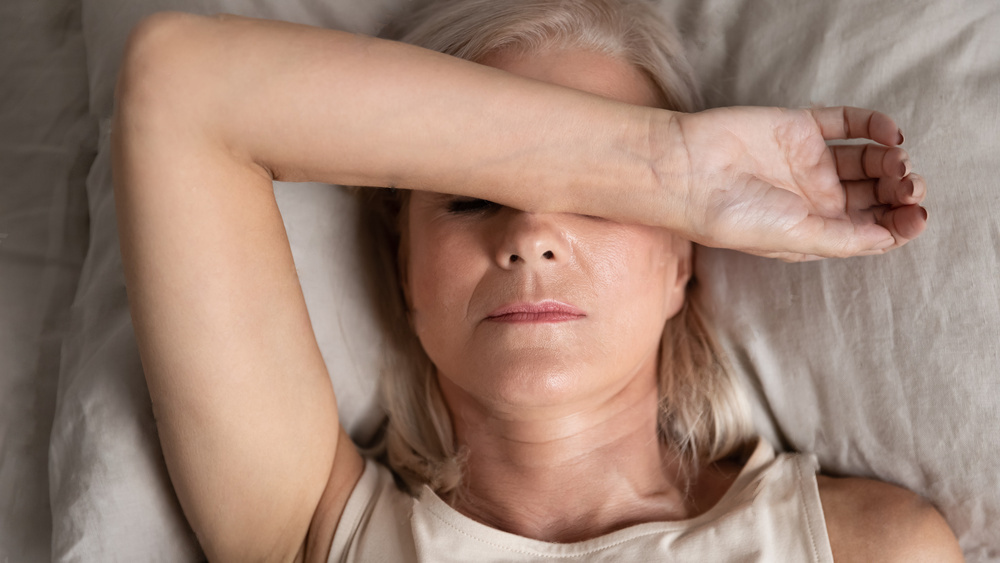The debate on alcohol consumption has been going for a long time, and no doubt will continue for a long time. Oxford Languages defines alcohol as “a c...
The debate on alcohol consumption has been going for a long time, and no doubt will continue for a long time. Oxford Languages defines alcohol as “a colourless volatile flammable liquid which is produced by the natural fermentation of sugars and is the intoxicating constituent of wine, beer, spirits, and other drinks, and is also used as an industrial solvent and as fuel.” (1)
When we talk about alcohol, we are usually talking about the alcohol in drinks. The Australian government’s stance is that alcohol is a drug. It affects the way your body works and can be additive and toxic. (2)
Some studies have shown that a small amount of alcohol can be beneficial (more about this later), but too much alcohol can act as a depressant as it slows down the messages between your brain and your body and changes the way that you think, feel and act. (2)
How much can I (or should I) drink?
If you do consume alcohol, it is important to know how much alcohol is in your drink, and how much is considered moderate. The Australian government has published guidelines to reduce health risks involved with consuming alcohol (3):
- To reduce the risk of harm from alcohol-related disease or injury, healthy men and women should drink no more than 10 standard drinks a week and no more than 4 standard drinks on any one day. The less you drink, the lower your risk of harm from alcohol.
- To reduce the risk of injury and other harms to health, children and people under 18 years of age should not drink alcohol.
- Women who are pregnant or breastfeeding
- To prevent harm from alcohol to their unborn child, women who are pregnant or planning a pregnancy should not drink alcohol.
- For women who are breastfeeding, not drinking alcohol is safest for their baby.

What is a Standard Drink?
A standard drink contains 10 grams of pure alcohol. The type of alcohol makes no difference, 10 grams of alcohol is 10 grams of alcohol, whether it is in beer, wine or spirits.
The amount of alcohol stays the same whether it is mixed with soft drink, fruit juice, water or ice.
- Light beer (2.7% alc/vol) 425 mL
- Mid strength beer (3.5% alc/vol) 375 mL
- Full strength beer (4.9% alc/vol) 285 mL
- Regular cider (4.9% alc/vol) 285 mL
- Sparkling wine (13% alc/vol) 100 mL
- Wine (13% alc/vol) 100 mL
- Fortified wine e.g. sherry, port (20% alc/vol) 60 mL
- Spirits e.g. vodka, gin, rum, whiskey (40% alc/vol) 30 mL. (3)
Click here for a great resource on what a standard drink looks like compared to what is available.

Alcohol and Hormones
Effects of Alcohol
Age and gender affect how alcohol is treated in the body. Alcohol consumption affects women and men differently. Women are less tolerant to alcohol than men due to having less of an enzyme called alcohol dehydrogenase. This enzyme helps the body to break down the alcohol and eliminate it. As a result, women tend to absorb more alcohol into the bloodstream than men.
As we get older, our bodies lose water volume. This means that we can’t dilute the alcohol as much as what we once were able to, making us more vulnerable to the effects of alcohol.
How does what I drink affect my menopausal symptoms?
Alcohol can affect symptoms of menopause such as:
- Hot Flushes
Some studies show that light to moderate alcohol consumption are associated with less frequency and severity of hot flushes, (4,5) while heavier alcohol consumption has been associated with increased frequency and severity of hot flushes. (4)
- Sleep
While a few alcoholic drinks (2 to 3 standard drinks) can help with getting to sleep, the effect of alcohol becomes detrimental to sleep after 3 nights of moderate drinking. More than 3 standard drinks have been shown to disrupt sleep. (6)
- Weight Gain
While studies are inconclusive as to whether alcohol is a risk factor for weight gain, there are good reasons to think that alcohol may play a role:
- It stops your body from burning fat.
- It is high in kilojoules.
- It leads to greater hunger and less satiety (the feeling of being full).
- It causes poor food choices. (7)
How does alcohol affect my health after menopause?
Some studies have shown that light to moderate alcohol consumption (less than 1 drink per day to 1-2 drinks per day) can increase oestrogen levels and slows the rate that it is cleared from the blood. Oestrogen has beneficial effects on postmenopausal women’s bone health and has long been associated with protection against coronary heart disease in women. Oestrogen may, however, increase women’s breast cancer risk. (8)
- Coronary Heart Disease (CHD)
Coronary Heart disease occurs when the arteries cannot deliver enough oxygen-rich blood to the heart. According to the Australian Bureau of Statistics, it is the leading cause of death in Australia. (9) Studies show that light to moderate alcohol consumption may protect against CHD. At more than 2 drinks per day, the risk of CHD and death increases. (8)
- Osteoporosis
While heart disease is the leading cause of death, osteoporosis-related injuries are the leading cause of disability in post-menopausal women. (9) While the research is limited, studies suggest an overall beneficial effect on bone density with light to moderate alcohol consumption. Excessive alcohol consumption is associated with an increased risk of skeletal fractures. (9)
- Breast Cancer
How alcohol affects breast cancer is unclear, however, studies show that there is an increased risk of breast cancer with any alcohol consumption. (9)
Conclusion
While light to moderate alcohol consumption may be beneficial for hot flushes, heart disease and osteoporosis, the effects of heavier alcohol consumption can be more detrimental to health. Alcohol consumption is not beneficial for other health states, including breast cancer. If you choose to consume alcohol, choose wisely and limit your intake.
References
- Oxford Dictionary, 2021, ‘alcohol’ viewed on 19 June 2021, https://www.lexico.com/definition/alcohol
- Australian Government Department of Health, 2019, ‘What is alcohol?’ viewed on 19 June 2021, https://www.health.gov.au/health-topics/alcohol/about-alcohol/what-is-alcohol
- NHMRC, ‘Health Advice: Alcohol’, viewed on 19 June 2021, https://www.nhmrc.gov.au/health-advice/alcohol
- Smith RL et al, 2016, ‘Risk Factors for Extended Duration and Timing of Peak Severity of Hot Flashes’, PLOS One, 11 (5), viewed on 20 June 2021, https://www.ncbi.nlm.nih.gov/pmc/articles/PMC4858155/
- Leidy Sievert l et al, 2005, ‘Determinants of Hot Flashes and Night Sweats’ (abstract), Annuls of Human Biology, 33 (1), viewed on 20 June 2021, https://www.tandfonline.com/doi/abs/10.1080/03014460500421338?journalCode=iahb20
- Stein M D & Freidmann P D, 2005, ‘Disturbed Sleep and its Relationship to Alcohol Use’, Substance Abuse, 26 (1), viewed on 20 June 2021, https://www.ncbi.nlm.nih.gov/pmc/articles/PMC2775419/
- Better Health Channel, 2017, ‘Alcohol and weight gain’, Victoria State Government, viewed on 20 June 2021, https://www.betterhealth.vic.gov.au/health/healthyliving/Alcohol-and-weight-gain
- National Institute on Alcohol Abuse and Alcoholism, 2003, ‘Health Issues in Postmenopausal Women Who Drink’, US Department of Health and Human Services, viewed on 20 June 2021, https://pubs.niaaa.nih.gov/publications/arh26-4/299-307.htm
- Australian Bureau of Statistics, 2019, ‘Causes of Death, Australia’, viewed on 20 June 2021, https://www.abs.gov.au/statistics/health/causes-death/causes-death-australia/latest-release
About The Author - AMC Team
Our team consists of doctors, nurses, program assistants, naturopaths and nutritionists that join their wealth of knowledge to offer our patients and website visitors interesting and insightful articles to assist you understand the symptoms you are experiencing and how to relieve them.
You’ll also like these posts
The debate on alcohol consumption has been going for a long time, and no doubt will continue for a long time. Oxford Languages defines alcohol as “a c...

